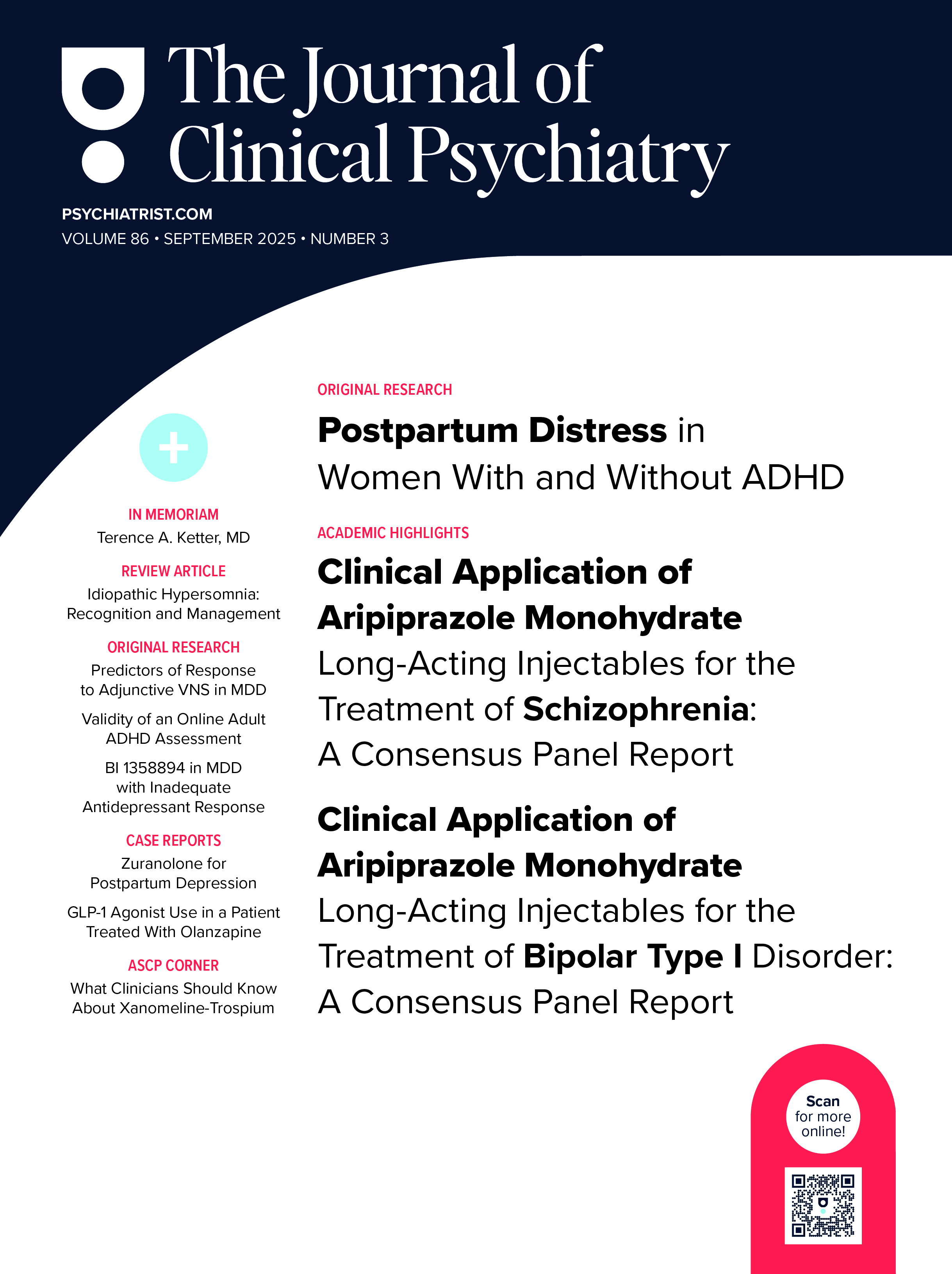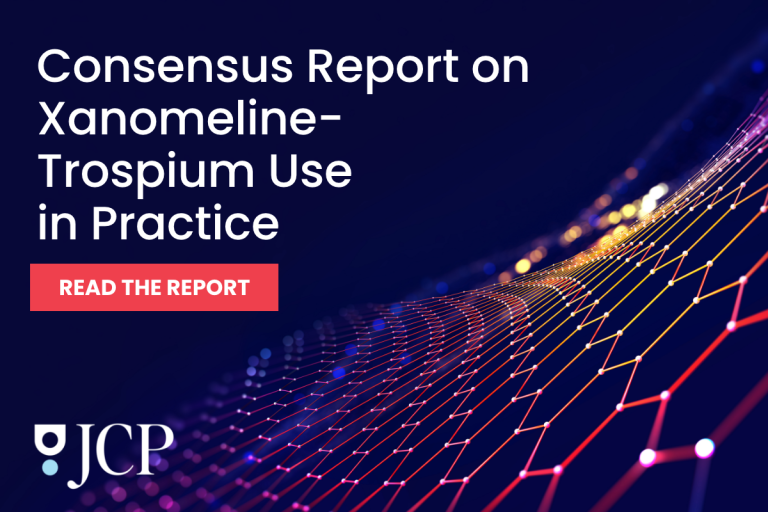Find more articles on this and other psychiatry and CNS topics:
The Journal of Clinical Psychiatry
The Primary Care Companion for CNS Disorders
Article Abstract
Background: Although the relative incidence of violent behavior during sleep (VBS) is presumed to be low, no epidemiologic data exist to evaluate the prevalence of the phenomenon or to begin to understand its precursors or subtypes. This study examined the frequency of violent or injurious behavior during sleep and associated psychiatric risk factors.
Method: A representative United Kingdom sample of 2078 men and 2894 women between the ages of 15 to 100 years (representing 79.6% of those contacted) participated in a telephone interview directed by the Sleep-EVAL expert system specially designed for conducting such diagnostic telephone surveys.
Results: Two percent (N=106) of respondents reported currently experiencing VBS. The VBS group experienced more night terrors and daytime sleepiness than the non-VBS group. Sleep talking, bruxism, and hypnic jerks were more frequent within the VBS than the other group, as were hypnagogic hallucinations (especially the experience of being attacked), the incidence of smoking, and caffeine and bedtime alcohol intake. The VBS group also reported current features of anxiety and mood disorders significantly more frequently and reported being hospitalized more often during the previous 12 months than the non-VBS group. Subjects with mood or anxiety disorders that co-occurred with other nocturnal symptoms had a higher risk of reporting VBS than all other subjects.
Conclusion: We have identified a number of sleep, mental disorder, and other general health factors that characterize those experiencing episodes of VBS. These findings suggest that specific factors, perhaps reflecting an interaction of lifestyle and hereditary contributions, may be responsible for the observed variability in this rare but potentially serious condition.
Members Only Content
This full article is available exclusively to Professional tier members. Subscribe now to unlock the HTML version and gain unlimited access to our entire library plus all PDFs. If you’re already a subscriber, please log in below to continue reading.
Please sign in or purchase this PDF for $40.00.
Already a member? Login



